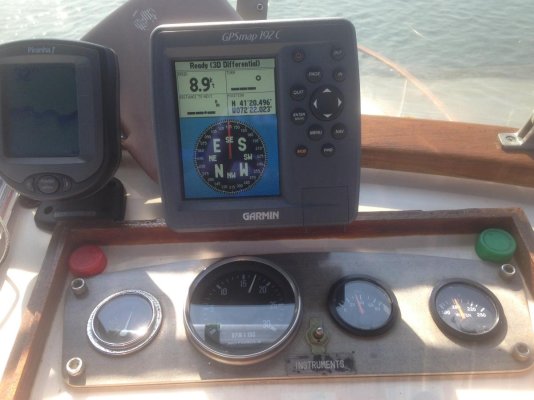TheLake
Veteran Member
- Joined
- Oct 16, 2021
- Messages
- 51
- Vessel Name
- The Lake
- Vessel Make
- 42' CHB Tricabin
I am rewiring my CHB 42 trawler. In doing so I have decided to also rewire my Perkins. The original looms and wiring are quite degraded.
I have some questions for all of you smart folks:
1. Are there any issues if I totally get rid of the harnesses (with the plug joints) and run direct lines with net new wire from the sensors, etc. to the panels?
2. I was thinking of using one of the converters to put digital gauges on my ChartPlotter. Should I keep my analog gauges as well?
- I may be able to reduce the wiring if I just run the lines to the converter (short electrical runs), and then its just NEMA 2000 cable to the chart plotters.
- But then I lose the redundancy of having the analog gauges.
3. Time to replace the alternators? The originals are OEM. They have external regulators. But as I have disconnected them all I am wondering if I should put them back or replace them with something new.
Chris
I have some questions for all of you smart folks:
1. Are there any issues if I totally get rid of the harnesses (with the plug joints) and run direct lines with net new wire from the sensors, etc. to the panels?
2. I was thinking of using one of the converters to put digital gauges on my ChartPlotter. Should I keep my analog gauges as well?
- I may be able to reduce the wiring if I just run the lines to the converter (short electrical runs), and then its just NEMA 2000 cable to the chart plotters.
- But then I lose the redundancy of having the analog gauges.
3. Time to replace the alternators? The originals are OEM. They have external regulators. But as I have disconnected them all I am wondering if I should put them back or replace them with something new.
Chris

